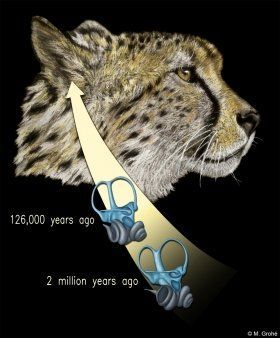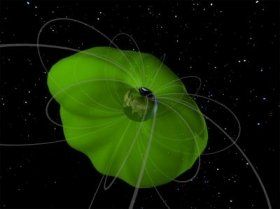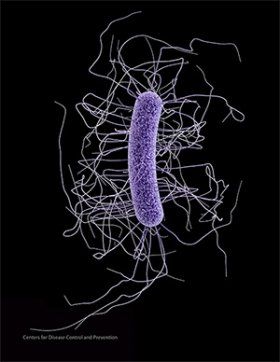
The world’s fastest land animal, the cheetah, is a successful hunter not only because it is quick, but also because it can hold an incredibly still gaze while pursuing prey. For the first time, researchers have investigated the cheetah’s extraordinary sensory abilities by analyzing the speedy animal’s inner ear, an organ that is essential for maintaining body balance and adapting head posture during movement in most vertebrates. The study, published today in the journal Scientific Reports and led by researchers at the American Museum of Natural History, finds that the inner ear of modern cheetahs is unique and likely evolved relatively recently.
>> Read the Full Article

On Jan. 20, 2018, amateur astronomer Scott Tilley detected an unexpected signal coming from what he later postulated was NASA’s long-lost IMAGE satellite, which had not been in contact since 2005. On Jan. 30, NASA — along with help from a community of IMAGE scientists and engineers — confirmed that the signal was indeed from the IMAGE spacecraft. Whatever the next steps for IMAGE may be, the mission’s nearly six years in operation provided robust research about the space around Earth that continue to guide science to this day.
>> Read the Full Article

Clostridium Difficile, or C. difficile, strikes fear into the hearts of many. This life-threatening infection, caused through contact with bacteria, can develop rapidly even under the watchful eye of hospital staff. In fact, it is often spread in health care facilitates or nursing homes due to proximity of the bacteria.
>> Read the Full Article

 ENN
Environmental News Network -- Know Your Environment
ENN
Environmental News Network -- Know Your Environment